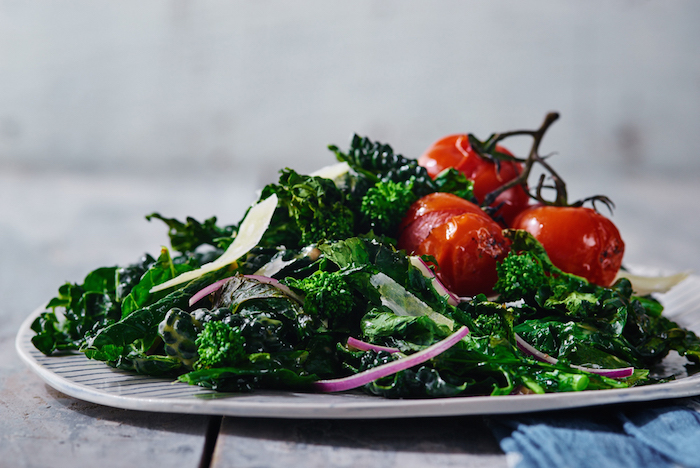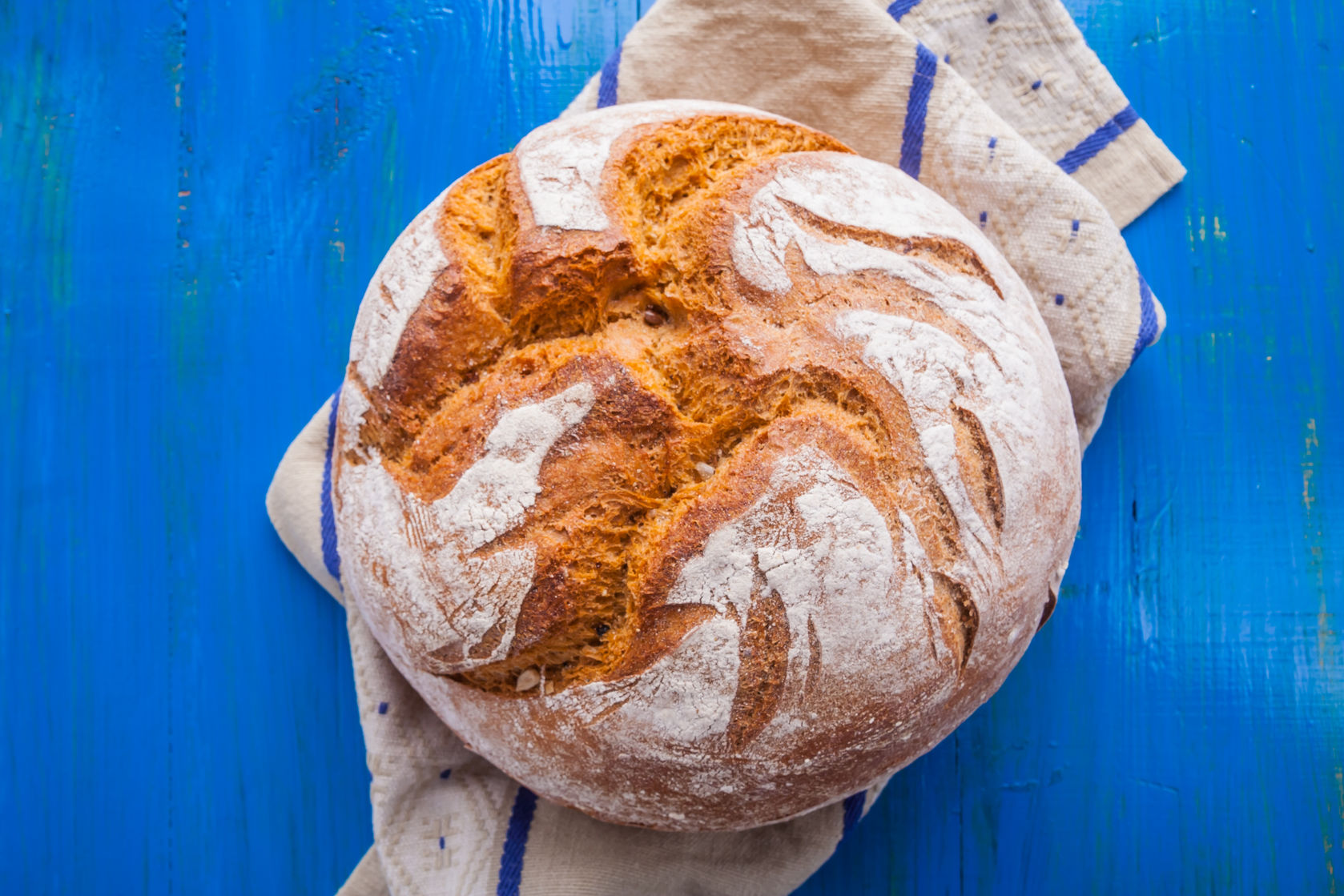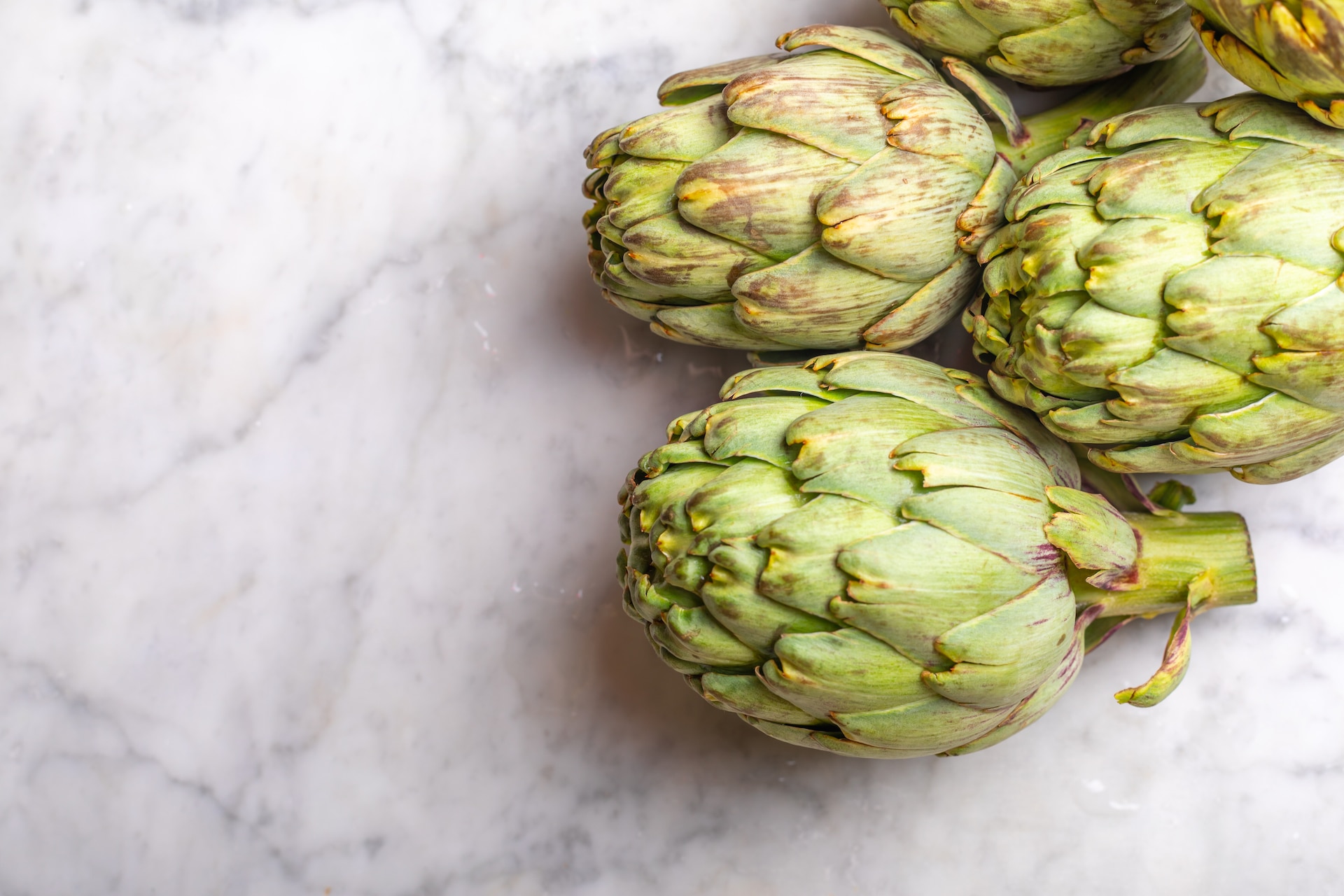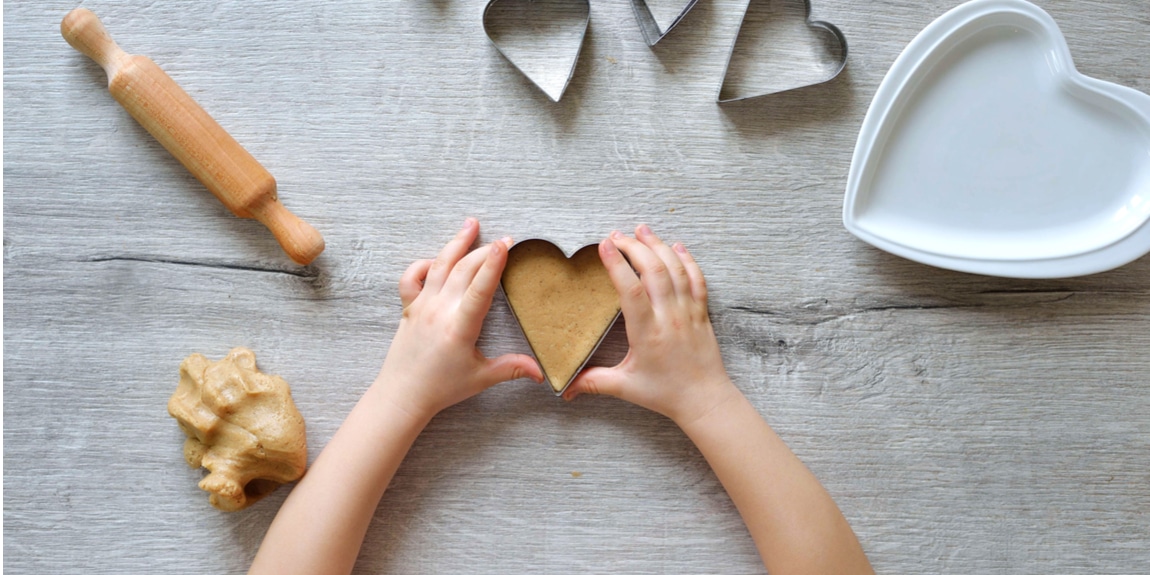 Eat Empowered
Eat Empowered  Healthy Eating Tips
Healthy Eating Tips
Broccoli 101: How to Tell Your Tiny Trees Apart — and How to Cook Them
Home » Eat Empowered » Healthy Eating Tips » Broccoli 101: How to Tell Your Tiny Trees Apart — and How to Cook Them
Sometimes, you just gotta review your broccoli basics.
Broccoli. Broccoli rabe. Broccolini. They’ve all got nearly the same name, yet they’re totally different plants. (Can we file a complaint with the person in charge of naming vegetables?)
While all of them are stellar additions to a healthy diet, they have differences you should know about—especially regarding the best ways to use each in the kitchen.
Brush up on your broccoli-world facts, below, and find out which of the group is our fave.
Broccoli Basics: Broccoli vs. Broccoli Rabe vs. Broccolini
Broccoli
The most familiar of the group, broccoli is a cruciferous vegetable closely related to cabbage and cauliflower. Most people only cook with the florets, although the stalks are definitely edible. Broccoli’s intense, crunchy texture might contribute to its less-than-stellar reputation, whose critics even debated its merits from the White House. (For the record: Bush I and II, anti-broccoli; Obama, pro-broccoli.) Whatever your politics, there’s no denying that the veggie shines in the nutrition department. High in fiber, packed with potassium and vitamin C, these so-called “tiny trees” also contain more protein than most other vegetables.
Cooking with broccoli
Always a star in stir-fries, broccoli is also tasty when simply steamed and drizzled with olive oil and lemon juice. As for disposing of the chewy stalks, think twice—and ask your grandma about cooking with them. She probably knows that they’re tasty and tender, if you peel away the tough outer skin before cooking. If you’re adding it raw to salads, stick with the florets and chop them into bite-sized pieces. Consider blanching it first, to bring out the flavor (not to mention that bright pop of chlorophyll green!).

Broccoli Rabe
Also known as rapini (you might see it called that on the menu at an Italian restaurant) and sometimes spelled “raab,” broccoli rabe is from a different family altogether. It’s got longer, much skinnier stalks and smaller, yellower buds or florets. Because this veggie is related to the turnip, it helps to think about preparing it the way you’d use turnip or mustard greens.
RELATED: 5 Underrated, Nutritious Root Vegetables to Add to Your Diet
A nutrition superstar, rapini satisfies more than 50% of your daily recommended value of vitamins C and A. It also delivers iron and vitamin K, which is important for bone strength. It’s also just one step beneath regular broccoli (but in line with spinach) for protein content. Can you tell we’re fans?
Cooking with broccoli rabe
Broccoli rabe is incredibly versatile in the kitchen, although it might take a bit of experimenting to properly harness this bitter green. Once you’ve done that, you can easily cook the whole plant, so there’s less food waste.
It’s great when paired with proteins, particularly fatty meats and cheeses. (That’s why you’ll find it on many of Philadelphia’s best roast pork sandwiches.) For other uses, add it to hummus or soup, or put it in a quesadilla. If serving it on its own as a side dish, try the same simple trick we use with regular broccoli: drizzle with olive oil and lemon juice (or substitute the citrus for a dash of balsamic vinegar, which also supplies that hit of acid).
Broccolini
We’re back to the broccoli family tree with this one! Although it looks like baby broccoli, broccolini is actually a hybrid, developed in the 1990s when humans crossed broccoli with gai lan, an Asian vegetable. It provides vitamins A and C (although in smaller quantities than the first two options on this list), iron and calcium. It’s also high in fiber and magnesium.
Nutritionally speaking, you really can’t go wrong with any green veggie that begins with “brocc”!
Cooking with broccolini
Any of your preferred cooking methods for broccoli or rabe will also work for broccolini. The bonus is: Broccolini is more versatile! Compared to broccoli, it’s got smaller florets and more tender stalks (no need to peel anything). Compared to broccoli rabe, it’s got fewer and smaller leaves, plus a much milder, sweeter flavor. Sauté it, steam it, roast it—you name it! Given its flavor profile, it’s an even more natural choice than rabe in this breakfast smoothie. And given its compact size, it’s ideal for stir-fries or noodle dishes like pad thai.
(Images: Shutterstock)
The Nutritious Life Editors are a team of healthy lifestyle enthusiasts who not only subscribe to — and live! — the 8 Pillars of a Nutritious Life, but also have access to some of the savviest thought leaders in the health and wellness space — including our founder and resident dietitian, Keri Glassman. From the hottest trends in wellness to the latest medical science, we stay on top of it all in order to deliver the info YOU need to live your most nutritious life.
RECENT ARTICLES

Want a sneak peek inside the program?
Get FREE access to some of the core training materials that make up our signature program – Become a Nutrition Coach.
Get Access












































































































































































































































































































































































































































































































































































































































































































































































































































































































































































































































































































































































































































































































































































































































